Development of the metaverse describes a “new social media”
December 1, 2021
L. Bob Rife’s cable television network, which has replaced the phone network, is the entrance into a world of technology, the urban city setting of which is established on a featureless black sphere along the one hundred meters wide “Street,” stretching 65536 kilometers. Users within this online universe are clad in portable terminals and VR goggles, nicknamed “gargoyles,” because of their distorted features. This is the metaverse. Or at least as Neal Stevenson describes it in his dystopian novel, “Snow Crash”, published in 1992.
Believe it or not, the metaverse has been seriously considered as a plausible idea, though not exactly as described by Stevenson. Mark Zuckerburg, previous CEO of Facebook, now Meta, recently revealed his future plans for Meta, to embody the organization’s goal to refocus on the metaverse project.
Before making the decision to change the name of Facebook to Meta, Zuckerburg had been making purchases of many virtual reality (VR) companies for Facebook to engulf. In June 2020, the company acquired Ready at Dawn, and most recently bought BigBoxVR in June. Even before these past years, Facebook was already purchasing virtual reality companies, such as Oculus in 2014. This indicated Meta’s plans for the future, now confirmed in the present, through its 10,000 currently employed workers specializing in virtual reality at the company.
These workers are striving for a metaverse similar to novels and other fantasy and science fiction depictions of a shared virtual space involving avatars, but the metaverse is no longer fiction. It is a reality as imagined by Zuckerburg and other engineers who work for companies in Silicon Valley such as Microsoft.
Microsoft chased Facebook in the race to the metaverse, entering the scene days after Facebook’s rebrand to Meta. Microsoft is incorporating Mesh, a cohesive platform for VR, into Microsoft Teams next year. The tech giant is collaborating with Together Mode to make their meetings on Teams more interactive, a vision spurred by COVID-19. Microsoft is displaying a metaverse-esque presence with its augmented reality (AR) technology, similar to the idea of Meta, though Meta hasn’t taken any real steps into launching portions of the metaverse quite yet.
At this point in the race to create the metaverse, ideas are mostly speculation, though not 100% confirmed. The metaverse as Zuckerburg and Meta plan it to be will include a merge with blockchain technology in cryptocurrencies so as to make purchases in the metaverse using crypto, turning metaverse gaming and the inclusion of fashion companies into a consumer experience. Blockchain is basically a database sporting a record of transactions using cryptocurrency.
Cryptocurrency is estimated to be the universal currency of the virtual world because, as Forbes suggests, the metaverse needs crypto to operate as advertised.
Cryptocurrency is proven to be unhackable. If people are going to be interacting with each other in a strictly online setting, transactions need to be immutable. Blockchain enables instantaneous information reception and allows transactions to be cryptographically supported.
Secondly, cryptocurrency exchange already exists. Online commerce has become a normalized function of payment, as crypto payment has become available at companies such as Visa, Mastercard and PayPal. Also, with the emergence of stablecoins and central bank digital currencies (CBDCs), individuals who wish to make a transaction by use of crypto or a crypto-based platform such as the metaverse now have multitudes of options to do so.
Metaverse gaming will also be in Meta’s metaverse, though this is a relatively old topic, as we see many metaverse video games in the present. Platforms that qualify as metaverse technology include games like Fortnite by Epic Games—the children’s interactive avatar game—Roblox (RBLX.N), Halo, Minecraft and Flight Sim. Microsoft also comes back into the picture when contemplating metaverse gaming, planning to create 3D apps for Xbox and other consoles.
Microsoft has the potential to make Minecraft more of an augmented reality game, introducing the HoloLens headset, but has not demonstrated any further attempts at doing so with Minecraft since Minecraft Earth, which has come and gone. Tech similar to the HoloLens headset is also present in Microsoft Flight Simulator, which utilizes VR and AR headsets that players wear to hold multiplayer flight sessions. Microsoft CEO Satya Nadella hasn’t explicitly indicated when Microsoft will begin to transfer more into 3D metaverse gaming, as the company is currently focused more on 3D avatars as seen in projects like Teams.
Meta’s metaverse also aims to include virtual fashion in the lives of consumers represented by avatars. A pre-metaverse example of virtual fashion is the virtual world Decentraland, which has begun to include virtual clothing for avatars in their virtual space that can be bought and sold in the web-based world. Hiroto Kai, a Japanese cultural enthusiast and digital artist, was motivated by the acceptance of virtual clothing into Decentraland and created Japanese-inspired articles of clothing, which he claims to have sold for $140 each, making $15,000-$20,000 in three weeks. Clothing in Decentraland, known as “wearables,” can be bought and sold on the blockchain and in the form of a crypto asset known as a non-fungible token (NFT). Earlier this year, NFTs greatly increased in popularity as enthusiasts and spectators were drawn to the asset, representing ownership of online-only digital art, trading cards and digital land ownership. The NFT assets are also attracting large fashion companies such as Louis Vuitton, who created a metaverse game where players can gather NFTs, and Burberry, who crafted branded NFT additions for Blankos Block Party, a game owned by Mythical Games, Gucci has also become involved in the virtual fashion industry, selling non-NFT products in Roblox.
Taking these factors into consideration, the metaverse will be a huge step in the world of technology and even in economics, considering cryptocurrency and its recent growth in popularity. It is essentially a rebirth of the internet, a second age of the world wide web (www). The metaverse project is an upgraded social media, where users aren’t just viewing content but becoming 3D representations of themselves. If the metaverse is successful as a cumulative platform for economy and socialization, it will heavily influence society. The virtual space would indeed be the “new social media,” and seeing as social media already has such a large impact on society, the metaverse has the potential to become that much more influential.
How do you think the metaverse is going to impact the world of technology? Let us know in the comments below.





















































































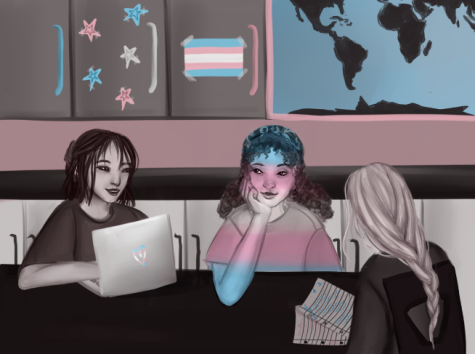



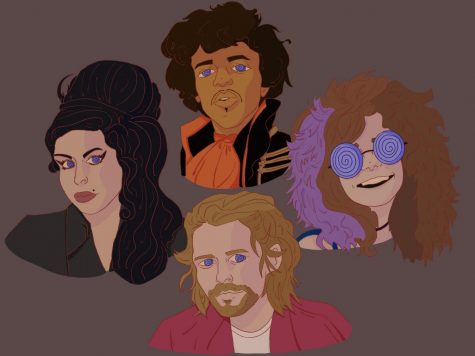

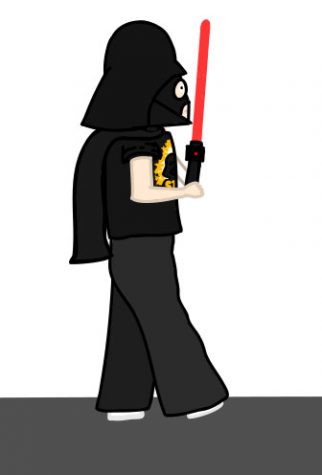

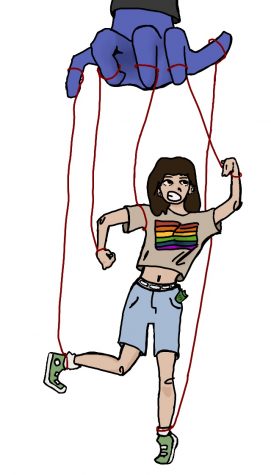
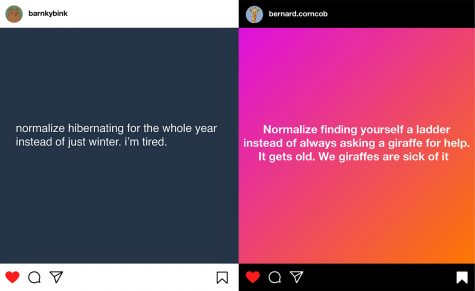
Jon Miller • Dec 12, 2021 at 8:48 am
Great write-up! Personally, I think the metaverse will be a scattered hodgepodge of unconnected apps and games until more standards are developed. I could also see a “free” metaverse movement when the big market players require KYC and continue to push the envelop with user privacy. But the raw fruits of the tech will be awesome–we’ll watch movies in a different way, game and interact like never before, and experience things we haven’t been able to before.
James Leach • Dec 3, 2021 at 11:03 am
Great insights! Loved the read